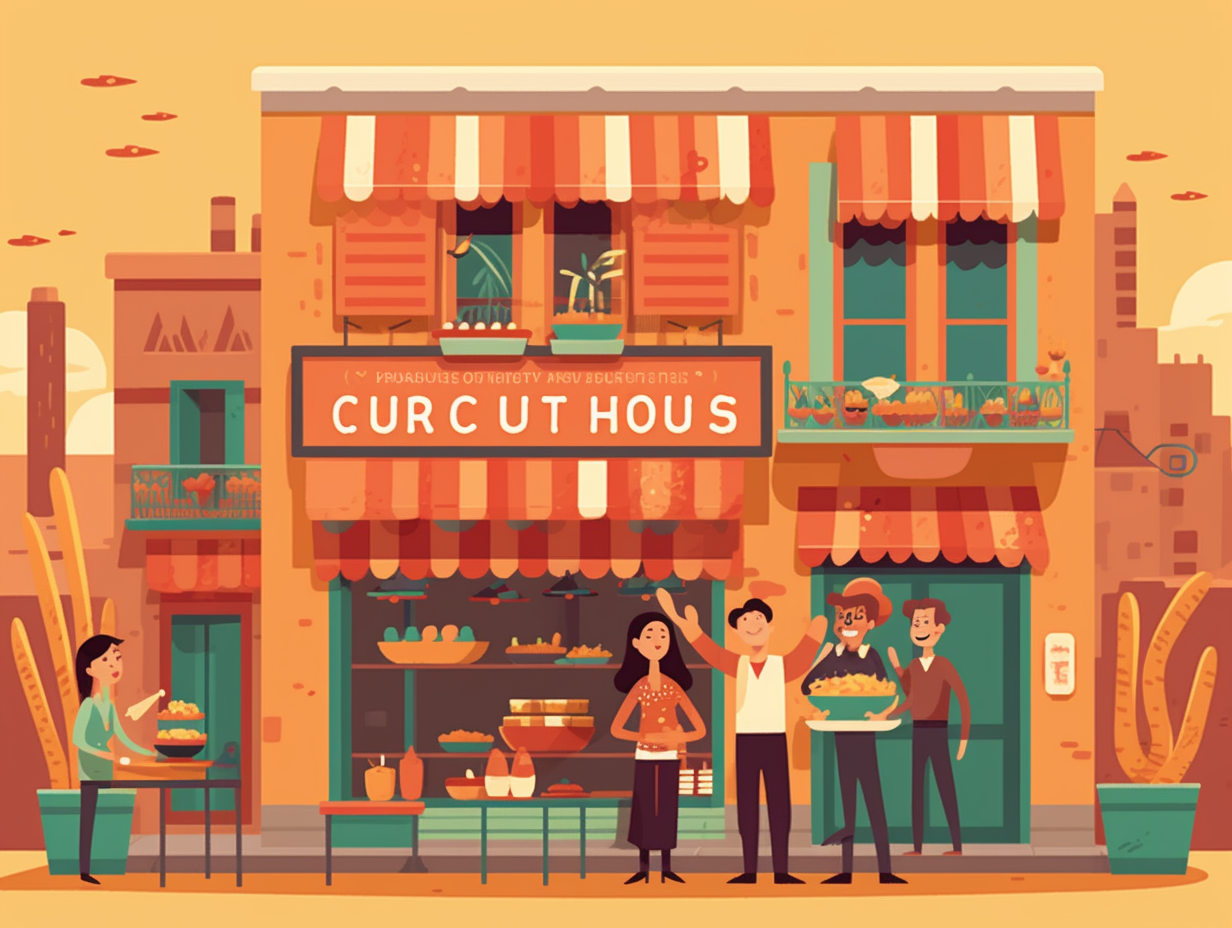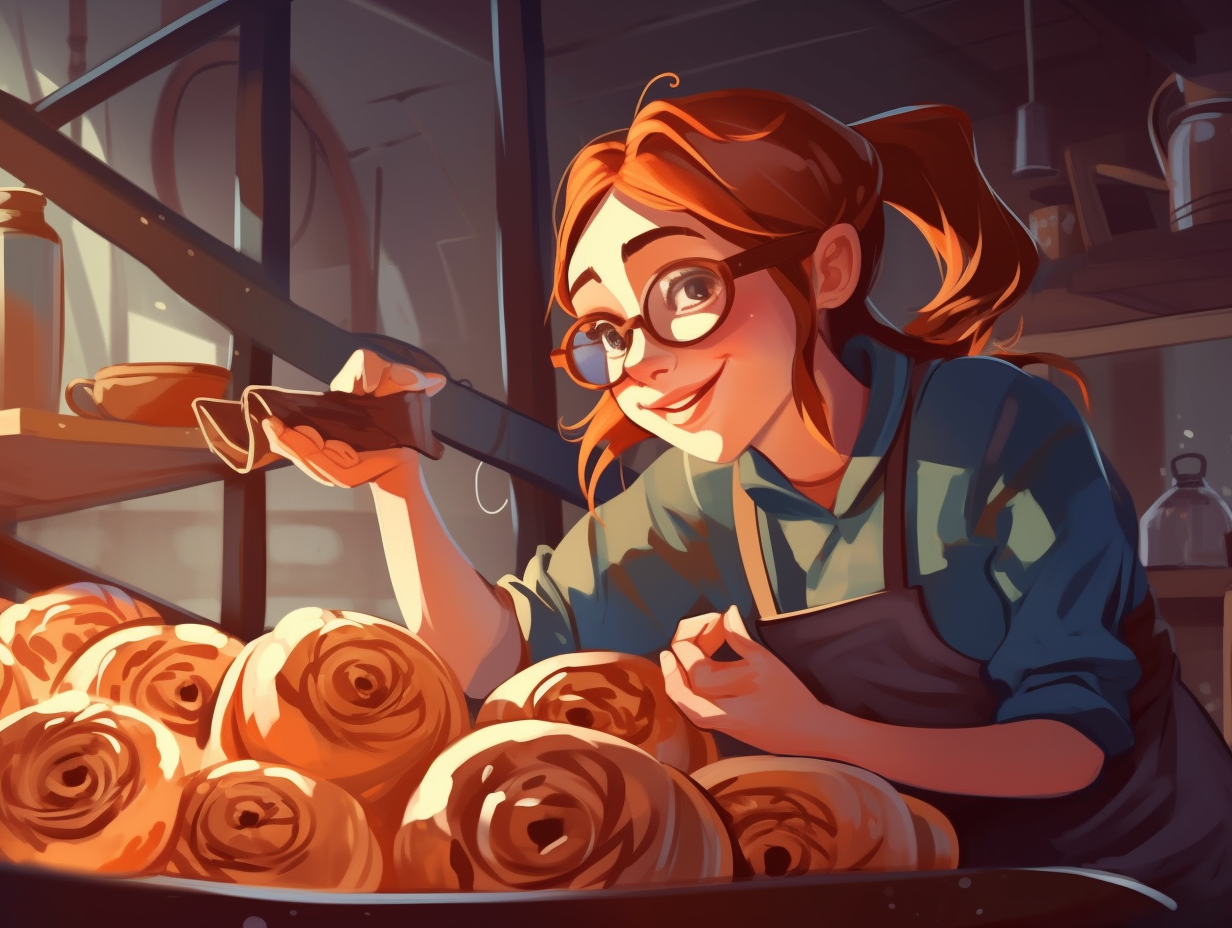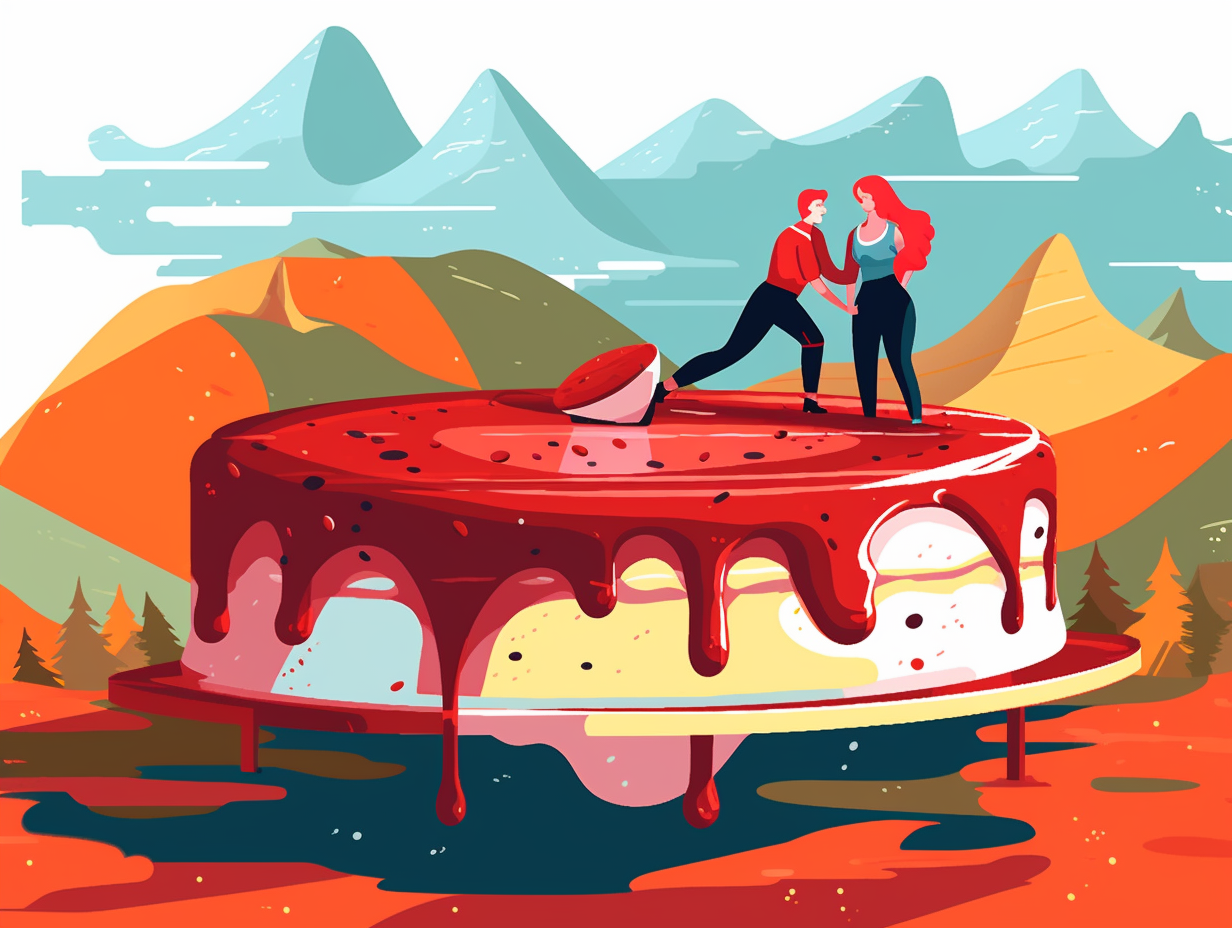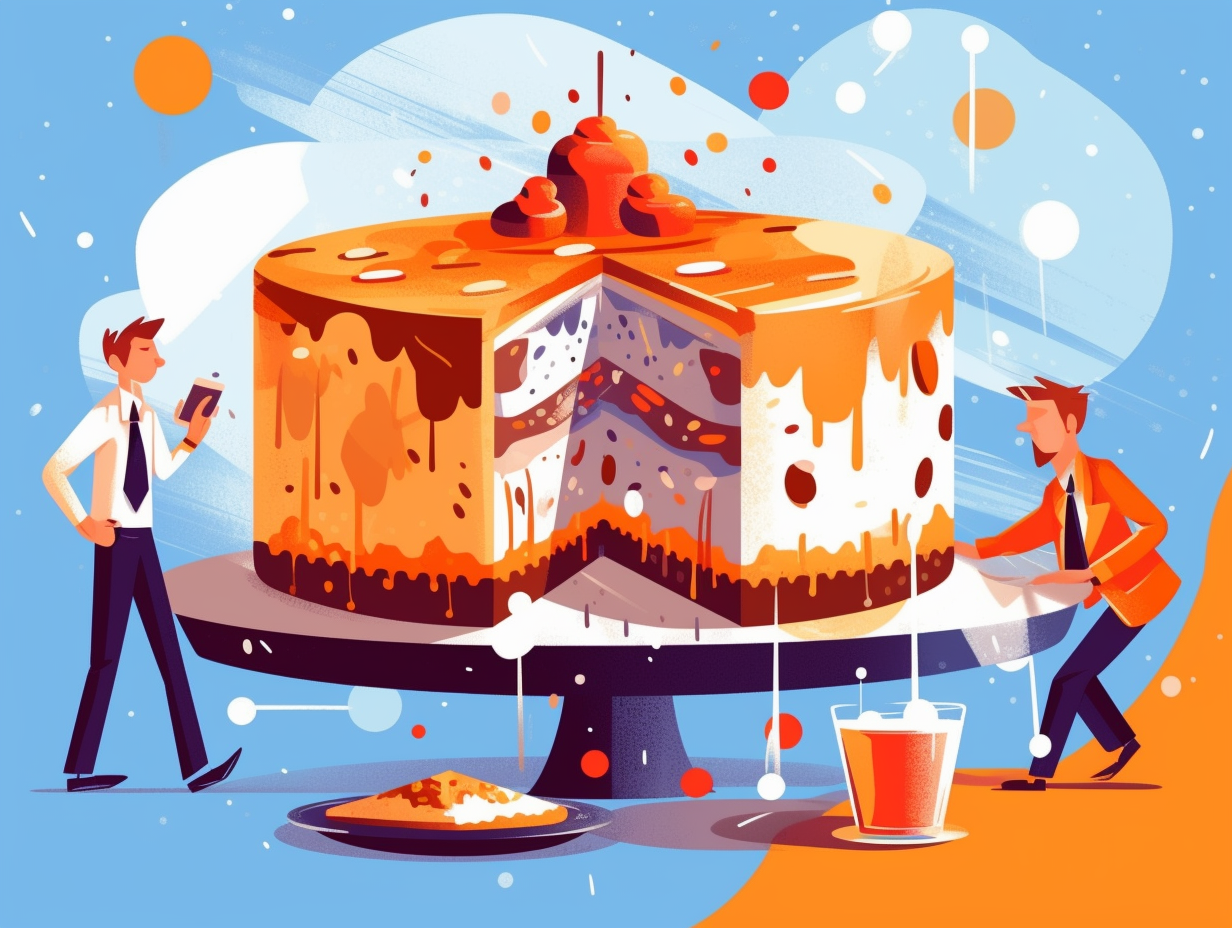Flan-tastic Discoveries: Top 9 Fun Facts About Flan You Never Knew

1. From Savory to Sweet: Flan's Roman Evolution
Before flan stumbled into sweet success, it swam through savory seas and got honey-kissed in Rome: Originating as a savory Roman dish called "flado," made of cream and eggs, this ancient custard cake later won hearts with a sweet honey version, traveled to Spain, danced with caramelized sugar, and finally conquered the Americas, winning culinary acclaim with its saucy, wobbly charm.
Source => wearecocina.com
2. Chickens & Romans: The Underground Dessert Society
Before chickens had a grand purpose to lay eggs for Sunday brunch scrambles, their ancestors teamed up with ancient Romans to create the world's first underground dessert society: Flan was born, sporting both sweet and savory disguises. With Hispanic heritage and a drizzle of caramel couture, this custardy chameleon traveled to the Yucatan Peninsula via the Hernán Cortés express, eventually becoming a staple in Mexican food culture and donning a multitude of variations across countries.
Source => socarratnyc.com

Did you know the tres leches cake has been delighting taste buds since the Middle Ages? Discover its journey from medieval England, through Central America's love affair with canned milk, and into modern-day desserts worldwide. Curious? 🍰
=> Fun Facts about Tres-Leches-Cake
3. Lime and Carabao Milk: Leche Flan's Philippine Roots
In the infamous lime and spoon race of culinary delight, the spoons were swapped for carabao milk, and the limes were zested as they finished neck-and-neck with egg yolks to create the dessert of the century: Originating in the Philippines during the 1500s under Spanish colonization, Leche Flan was traditionally prepared in clay molds over charcoal heat, using luscious carabao milk, egg yolks, and the zest of local limes - all held together in an oval-shaped aluminum mold known as a "llanera" for a smooth and bubble-free finish.
Source => thequirinokitchen.com
4. French vs. Spanish Flan Throwdown
As the Roman Empire rolled on, they clearly had a flan-tastic idea that would go down in culinary history: Flan, originally made with fish or meat, evolved into a sweet dessert that today showcases subtle yet scrumptious differences between the French and Spanish versions in terms of ingredients and flavors.
Source => elmeson-santafe.com
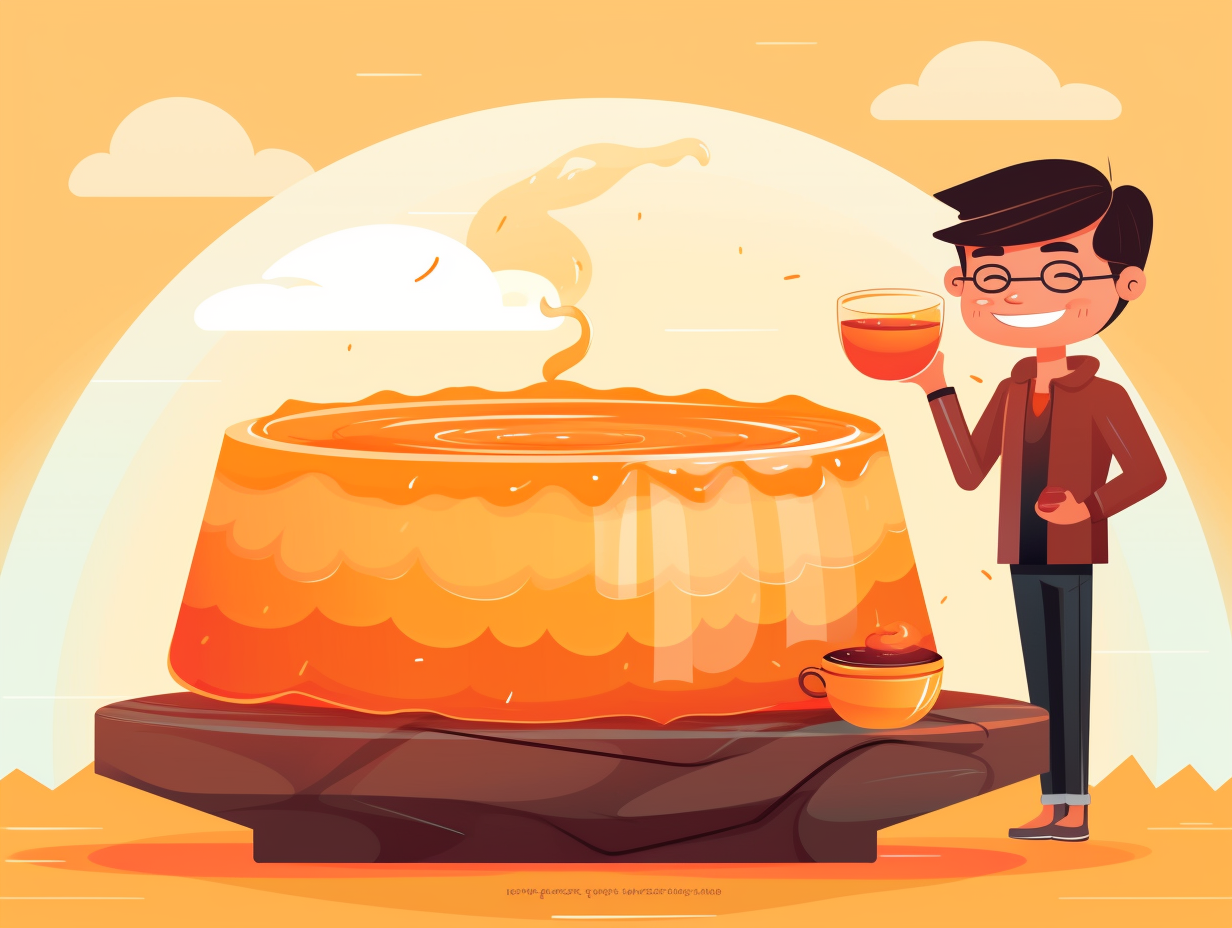
5. A Caramel-Infused Treasure Hunt
Next time you embark on a culinary conquest of Latin proportions, don't forget to leave room for a taste bud-tingling, custard-fulfilling, caramel-infused treasure hunt known as flan: This dessert delight, popular in Latin America and Spain, relies on a simple trio of ingredients - eggs, milk, and sugar - to create a world of flavors, from classic to inventive, including peach, lime, and even the elusive cajeta chocolate.
Source => parade.com
6. Crème Brûlée vs Flan: Custard Cousins
If you thought crème brûlée and flan were identical twin desserts, well, hold on to your spoons, because it's time to unveil the secret behind the custard curtain: Flan, a Latin creation, boasts a tantalizing family recipe of cream or milk, egg yolks, and sugar, all topped with a gooey caramel layer, while its distant cousin, crème brûlée, sports a blend of vanilla extract and heavy cream, finished off with a signature hard, caramelized sugar crust that's all the rage in posh European parties.
Source => thebrentwoodrestaurant.com
7. Jiggling Through Time: Flan's World Tour
Ready, set, flan! This wiggly dessert has been jiggling its way through time like an ancient confectionery boomerang: Originating in ancient Rome, flan has been gracing palates for centuries and traversed continents aboard Spanish galleons to become a beloved dessert in Latin America and the Caribbean, with countless mouth-watering variations to satisfy every sweet tooth's whim.
Source => familiakitchen.com
8. Don't Play With My Custard: Flan's Velvety Secret
If flan be the food of love, don't play with my custard: Flan's signature velvety texture is perfected by blending eggs, milk, and cream, and then gently baking it in a water bath, creating a divine confection. Unlike its cousin, the creme brulee, flan's pièce de résistance is the caramel sauce drizzled over its custardy goodness, rather than a caramelized layer of sugar on top.
Source => browneyedbaker.com
9. Undercover Flan: The Savory Past Revealed
Flan has a past as an undercover savory dish, bravely ditching its covert operations with fish and meat to become the velvety crème caramel that steals our hearts (and waistlines) today: It was originally a savory concoction prepared with fish or meat, and only evolved into the popular dessert we know and love after the Moors added flavors like citrus and almonds, the Spanish poured in some caramel sauce, and the Mexicans whipped it into sweet perfection, making it an irreplaceable part of their cuisine.
Source => socarratnyc.com
Related Fun Facts

